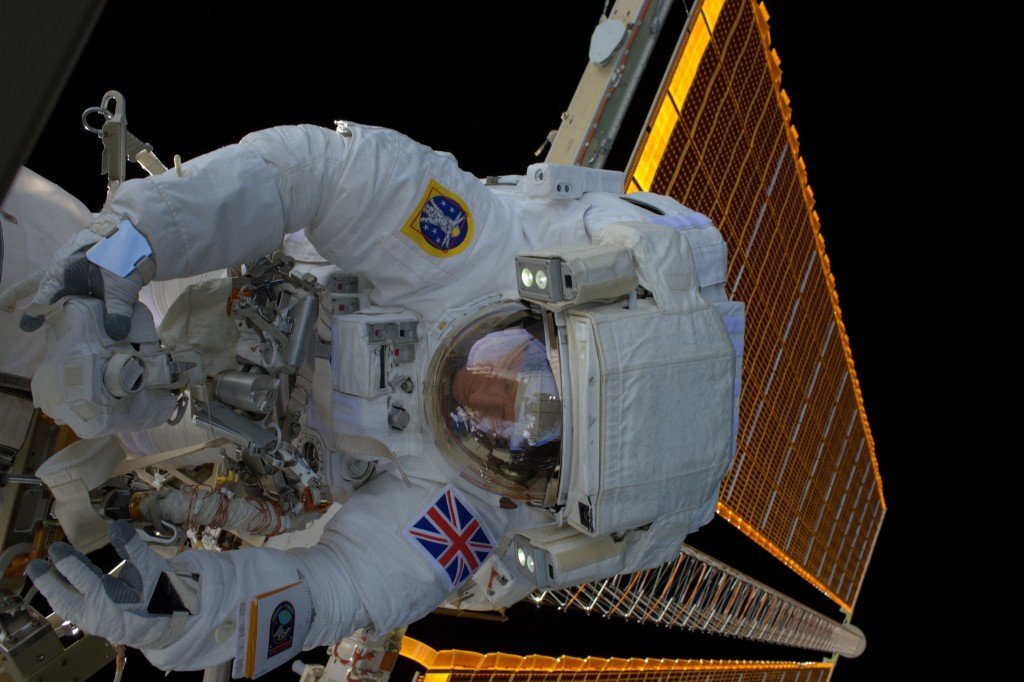In orbit around the Earth, you’re weightless. You’re free to swan around the International Space Station like a flying superhero, no doubt regularly recreating the scene from The Simpsons where Homer majestically eats all the loose crisps in the space shuttle.
Or at least, that’s how it feels. In fact, you’re falling. It’s just that you and the ISS are travelling so fast sideways around the earth at the same time that you never get to hit the ground. Imagine throwing a ball as far as you can, eventually the Earth will get in the way. In the ISS that never happens, instead you fall with the station forever in a great loop 250 miles above your home planet
And as you float, you can do more than gobble tortilla bread hands-free (to avoid dangerous crumbs) and mess with water globules. There’s important work to do for Tim whilst he’s in orbit. This microgravity environment is perfect for carrying out experiments that we can’t do on Earth and for testing how the human body copes without the strain of gravity. You can even go outside on an EVA (Extra Vehicular Activity), with just a suit between you and the inhospitable conditions around you.
In this zone you’ll meet an engineer who’s designed robotic systems for Tim Peake to test out whilst in space, a scientist who has bacteria bolted to the outside of the space station, a doctor in Antarctica working out how the body survives in extreme conditions like Mars and an ESA instructor who taught Tim what he needed to know to become an astronaut.

